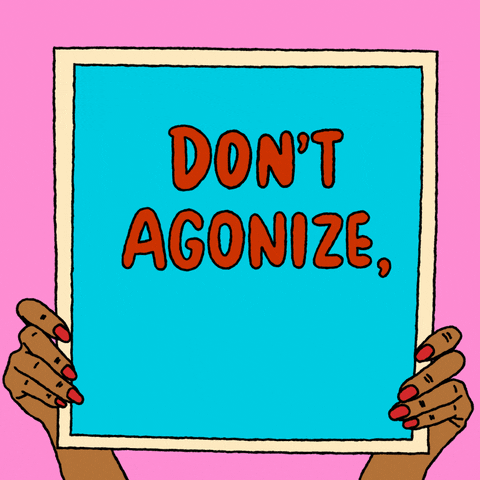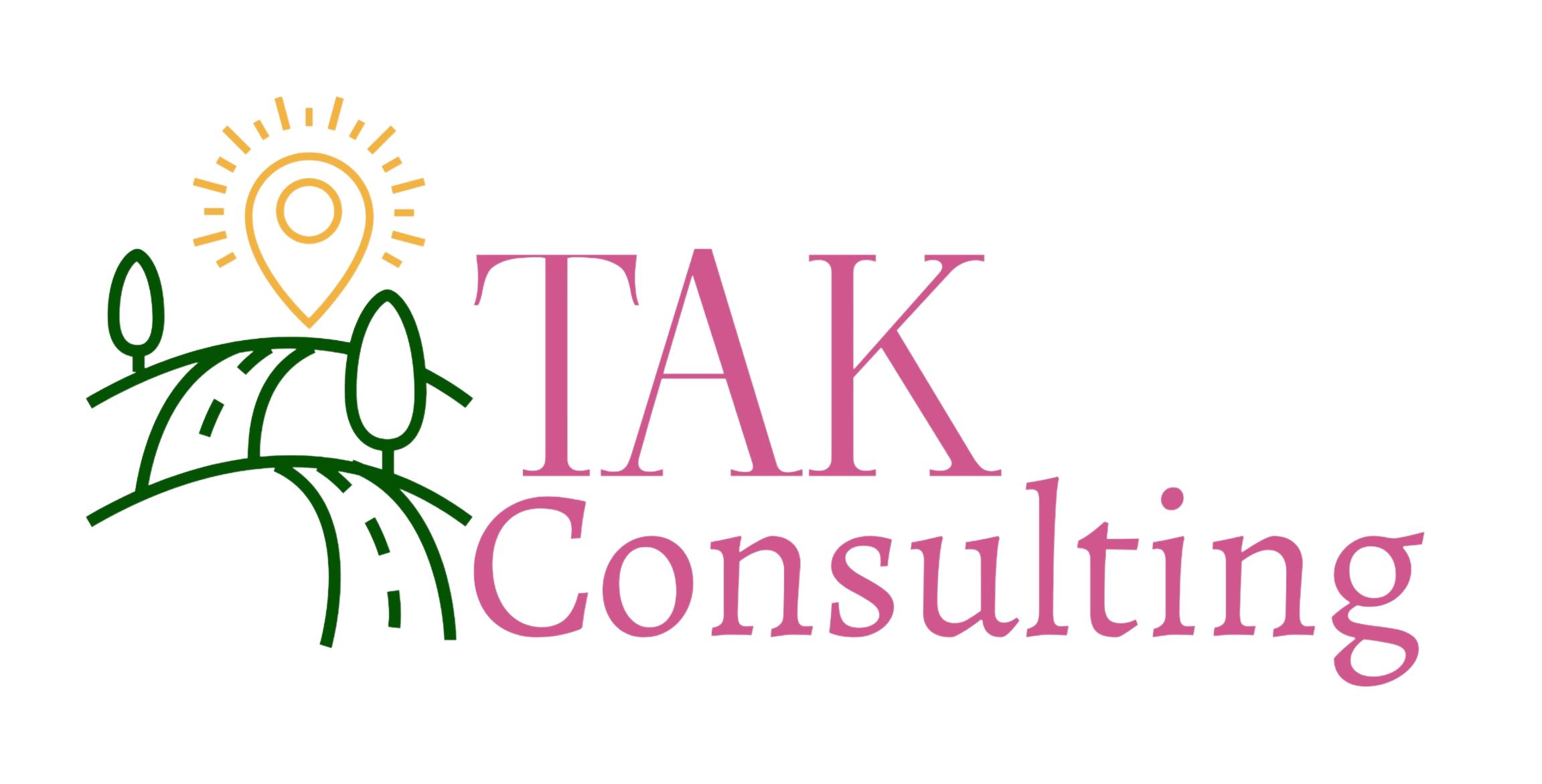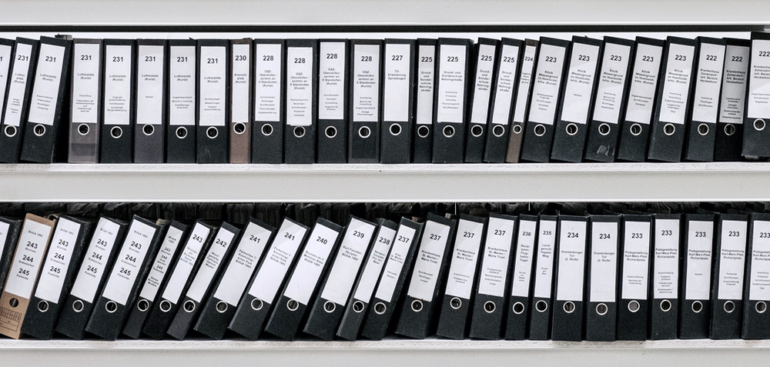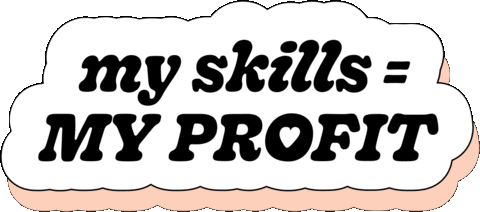According to the Wall Street Journal, office workers waste an average of 40% of their workday. “Not because they aren’t smart, but because they were never taught organizing skills to cope with the increasing workloads and demands.” With such a large number of individuals lacking organizational skills, it is crucial to have an organizational structure in your business and assure you have organizational skills in your life.
Different Organizational Structures in Business
An organizational structure determines how an organization is set up to deal with responsibilities, roles, decision-making, and who will report to who. Organizational structures are broken apart into two categories with the first one being Centralized versus Decentralized. This is also described as a vertical structure. Centralized is popular among businesses as this structure has a very clear chain of command and understanding of their roles, responsibilities, etc. Decentralized structures allow an individual in a business to have more independence in their group/team with their decisions and these individuals or teams may reach out to others within the business to further their work or goals. This structure may work well for a business that is constantly adapting and changing. THis structure may also be referred to as a flat structure. The other category of organizational structures is Hierarchical vs. Circular. The hierarchical structure is the most commonly seen in business with the triangle shape. With the triangle shape in mind, the top will be one person as the highest in command with each person falling under it having a supervisor. As you go further down, it leaves employees with less and less decision-making, responsibility, etc. A circular structure is similar but instead of that triangle shape, you’re looking at a circle where the next ‘ring’ is the next level of management. Although all organizational structures fall into these categories, there are many variations of these structures out there when deciding what suits your business best. To give you an idea and some examples of organizational structures; we’ve included a set of pictures below.



(All pictures credited to Forbes)
Why Organizational Structures are Beneficial
Having a clear organizational structure is important for many reasons. For starters, it allows everyone to have a clear understanding of their expectations and holds individuals accountable in their roles. Additionally, with everyone knowing their place in the organization, it can improve efficiency; especially as a business grows and every part of the organization becomes more specialized in what they’re doing. Depending on your organizational structure it may also encourage growth in employees and stimulate more collaboration throughout the organization.
Personal Organization is Vital
Being organized in the workplace can be just as important as your day to day life. First off, organization can help you to create a daily routine. Having a routine can allow you to be more comfortable and reduce feelings of stress and disarray in the workplace. Furthermore, this routine can aid in making you feel more prepared for each day; thus saving time as you don’t have to make as many decisions and already know what you need to do. Another way organization is beneficial is that it can improve work relationships. By being organized, you can spend less time honing in on deadlines and may have more time to attend work events or collaborating with your co-workers; therefore improving your work relationships. Good organization also fosters problem solving as it makes you realize possible problems before they become an issue. Organization can also combat stress from burnout, forgetfulness, and lack of time management.
Keeping everything organized can also be extremely valuable when it comes to the end of the year. Knowing where all your tax statements, receipts, and other important documents can save you additional stress and prevent wasting time searching for things that should have been filed away correctly throughout the year. Moreover, if your business gets audited, not having the appropriate documents can create more issues, cause unnecessary hassle, and may even cost you money. There are numerous other ways that organization can improve business that are not mentioned here – showing that organization is such an essential part of everyday life.
Organization & Organizational Structures are Paramount
Having a defined organizational structure in your business and ensuring you are organized in your life prevents extra stress, wasting needed time, and benefits you in many ways with productivity, good health, and much more!








